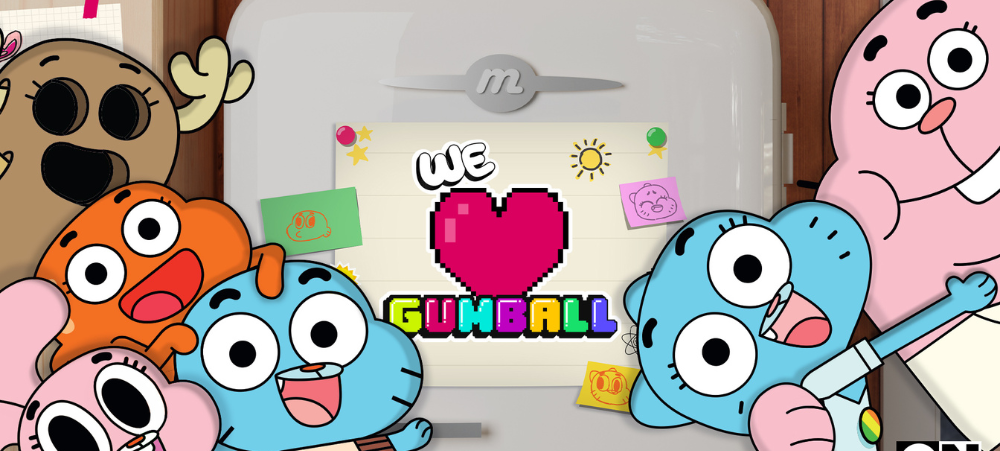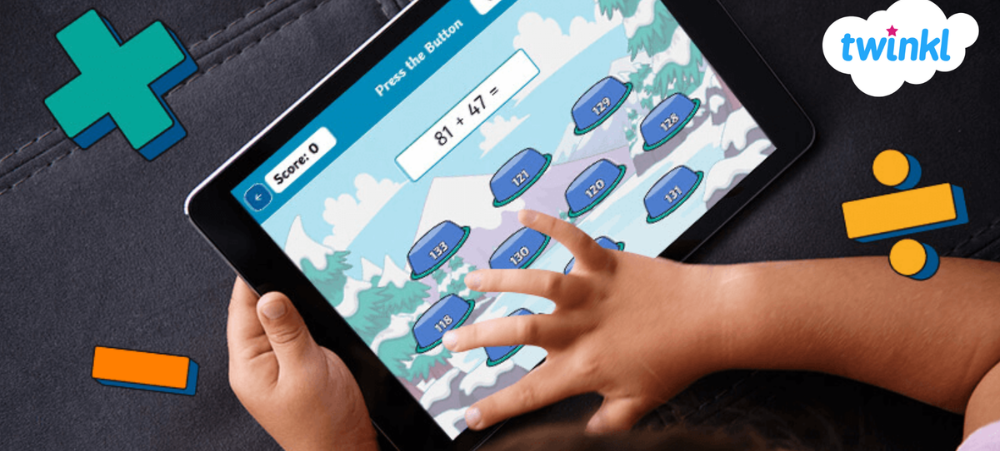
The Gentle Beginnings: Why Starting Preschool from 4 Months Can Nurture Lifelong Growth
At Lotus Preschool and Aftercare, we understand that sending your baby to school at 4 months is a major decision. We know it requires careful thought. It is natural to feel a mix of emotions—excitement, concern, and curiosity. What truly matters is choosing a safe, nurturing space. This space should guarantee your baby is loved and supported. They should be gently guided through the earliest stages of development. A Strong Foundation Starts Early The first year of life is full of rapid growth. During these early months, your baby is already learning how to trust, communicate, explore, and feel secure. Brain development is at its most dynamic, forming over a million neural connections every second. Early exposure to rich, responsive environments has long term benefits for cognitive, emotional, and physical development. At Lotus, our infant program is carefully designed to offer a peaceful and loving environment. Babies from 4 months old are free to explore safely. They can develop at their own pace. Our caregivers are trained in early childhood care. They follow the Montessori philosophy. This ensures each child receives personalised attention, love, and encouragement. The Benefits of Montessori Schooling from 4 Months The Montessori approach is based on the belief that even the youngest children can learn. They are capable of growing in remarkable ways. Dr. Maria Montessori recognised that the earliest years of life are not only foundational but transformative. Here is what Montessori offers your baby from 4 months: As Dr. Maria Montessori said,“The greatness of the human personality begins at the hour of birth.” We honour this belief in everything we do. We create spaces that support the unique development of each child from the very beginning. Emotional and Social Growth Through Connection In our infant environment, babies experience warm, consistent interactions with loving caregivers. These interactions help them feel secure and loved while also beginning to understand early social cues. Babies also watch and connect with other infants, promoting social development and empathy in age appropriate ways. Establishing Routines and Gentle Structure Predictable routines help babies feel safe and settled. While we always follow each baby’s individual feeding and sleeping needs, we gently introduce consistent rhythms to the day. This helps promote restful sleep, self regulation, and a sense of comfort and security. A Strong Partnership with Parents We view ourselves as your partner in parenting. Lotus offers open communication, regular updates, and ongoing support to guarantee your peace of mind. We know how precious these early months are, and we walk alongside you to support both you and your child. We support your return to work with care and empathy. We also offer flexibility. You can trust the environment where your child is safe, loved, and thriving. Referrals and Further Reading If you are considering enrolling your baby in preschool and would like to explore the benefits further, we recommend the following resources: You are welcome to visit Lotus Preschool and Aftercare. You can watch our infant environment. Meet our caring staff and ask any questions you have. In Closing: A Loving First Step Into Lifelong Learning Sending your baby to preschool from 4 months is not about rushing development. It is about embracing it. It is about giving your child the opportunity to explore and grow. Your child will feel safe in a space filled with love, learning, and respectful care. At Lotus Preschool and Aftercare, we offer more than just early education. We offer a foundation for confidence, curiosity, and lifelong growth—beginning with the very first step. We invite you to take that step with us.


































